Many people ignore the symptoms of heart issues until it is too late. Carol is thankful that despite her own self-admitted stubbornness, the staff at Prairie Heart Institute at St. Anthony's discovered her heart issue and saved her life.
Heart Care
From prevention and diagnosis to treatment and recovery, HSHS St. Anthony's Memorial Hospital delivers state-of-the-art cardiac services with the most compassionate care.
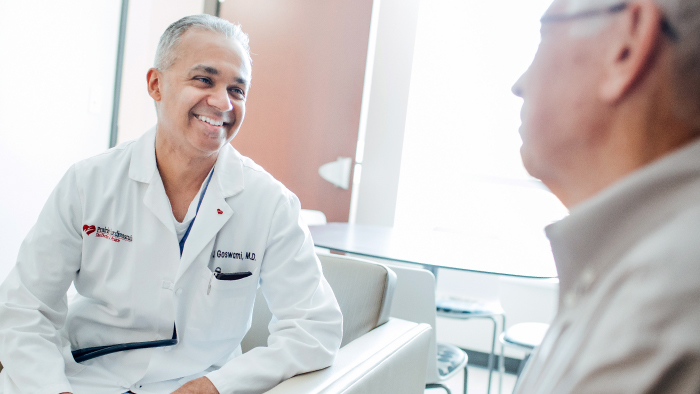
Here with you for memorable milestones
From welcoming a new life to celebrating a life well lived and all the moments in between, your heart beats for those you love. We know that a healthy heart is as important to them as it is to you. From high cholesterol to high blood pressure and comprehensive heart and vascular care, our team will be right by your side with expert, compassionate care focused on getting you back to those who matter most.
St. Anthony's Memorial Hospital is committed to providing the best cardiac care possible to the people of this region. Our long-standing relationship of over 25 years and committed partnership with nationally-recognized cardiology group, Prairie Heart Institute of Illinois means you don't have to look any further for advanced heart care. St. Anthony’s full-time cardiologists, and Prairie Cardiovascular expert physicians continue to serve patients in the Effingham area and surrounding region.
Cardiac Rehab
Take the steps in the right direction for your heart health
Heart scan
Simple procedure to determine your risk for heart attack
Sleep Studies
Trouble sleeping can indicate serious underlying medical conditions
Symptoms of a heart attack
Learn more about signs of heart attack for men and women
Vascular Lab Studies
Non-invasive imaging studies of arteries, veins and vessels
Saving a life
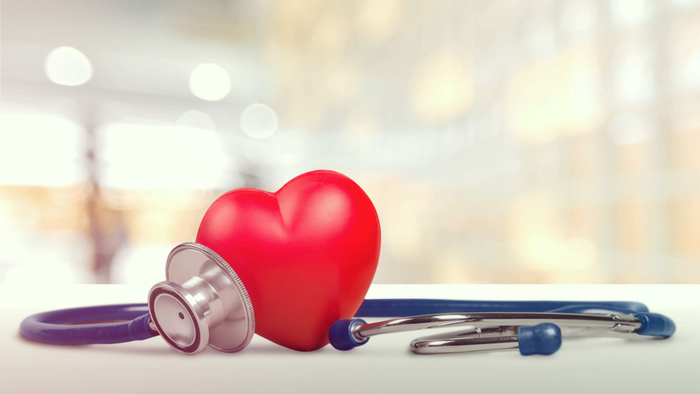
Prairie Heart Institute at St. Anthony's
Prairie Heart at St. Anthony's combines advanced technology and innovative treatment with a caring tradition, providing quality health care close to home.
If you need further advanced heart care services, our partnership with Prairie Heart Institute at HSHS St. John's Hospital ensures you have access to nationally-renowned experts who are pioneering exciting new ways to treat common heart problems.
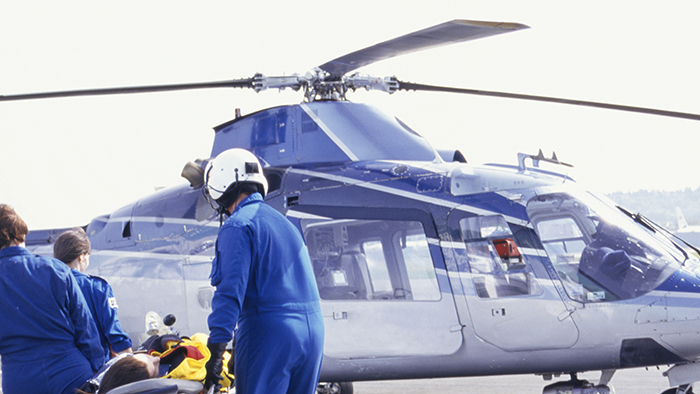
Stat Heart Program
HSHS St. Anthony's is part of the Stat Heart Program, coordinated by Prairie Cardiovascular, which streamlines emergency care to meet the national goal of providing angioplasty (a non-surgical procedure to treat diseased arteries) within 90 minutes from a patient's arrival at their community hospital. By utilizing best practices, St. Anthony's Emergency department's exceptional staff are able to identify, treat, and transfer heart attack patients quickly to St. John's Hospital, with patients often being transferred in less than the 30 minute goal after arriving in our ER. This allows patients to receive emergent heart intervention by a Prairie Heart Cardiologist as quickly as possible, saving heart muscle and increasing a patient's chance for full recovery.
Cardiac catheterization
Cardiac catheterization (commonly referred to as a cardiac cath) is a procedure during which x-ray motion picture films are taken of your heart and the arteries that supply it with much needed oxygen-rich blood. A thin, flexible tube known as a catheter is placed into the leg or arm artery. A cardiologist threads the catheter through the artery to your heart. A special dye is then injected through the catheter, allowing the cardiologist to see heart valves and arteries on the x-ray screen. This helps the cardiologist determine the presence and extent of vessel damage in those who have symptoms of cardiac disease.
Frequently asked questions
A thin, flexible tube known as a catheter is placed into the leg artery. Your cardiologist will thread the catheter through the artery to your heart. A special dye is then injected through the catheter, allowing your doctor to see heart valves and arteries on the x-ray screen.
You may experience a warm sensation in your chest when the x-ray dye is injected.
Specially trained staff will apply pressure at your groin puncture site until any oozing from the puncture site is controlled.
You will remain flat in bed for 2 hours, after which you may gradually begin moderate activity under observation during the next 1 to 2 hours.
Soon after your procedure you will be offered ice chips. Later in the day you will be offered liquid beverages and a light meal.
Electrocardiogram (EKG)
The electrocardiogram is a device capable of recording the electrical activity of the heart from electrodes placed on the skin in specific locations. Physicians use this information to discover such things as heart rate, arrhythmias, myocardial infarctions, atrial enlargements, and others.
Electrocardiograms are also performed at many of our St. Anthony's Diagnostic Centers.
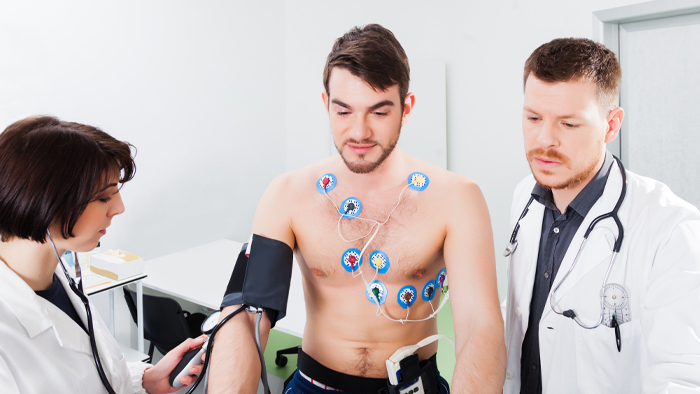
Stress Tests
A stress test, sometimes called a treadmill test or nuclear stress test, helps determine how well the heart handles work. As the patient walks on a treadmill or is given medication to stress the heart, an EKG machine monitors the heart rate, breathing, blood pressure, the electrical activity of the heart, and exercise tolerance. With a nuclear stress test, there are two parts to the test: a resting study and a stress study
A Nuclear Stress Test is used by doctors to diagnose and monitor heart disease.
During a Nuclear Stress Test, a safe amount of a radioactive drug is injected into your vein which allows the cardiologist to see how well blood is flowing to and through your heart.
The test, usually conducted over two days, consists of taking images of your heart in two phases: a stress phase and a resting phase.
There may be restrictions as you prepare for this test. Please ask your health care provider.
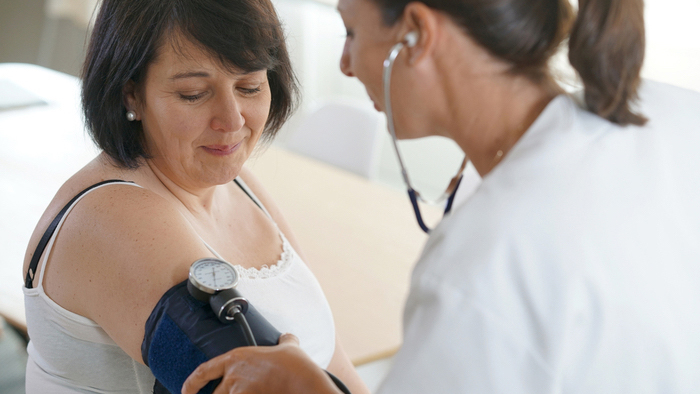
Heart monitoring
Advanced technology makes it possible for your doctor to get information about your heart without interrupting your life. Continuous heart monitoring is useful for capturing irregular heartbeats that happen infrequently — in some cases, you may not even feel any symptoms. Depending on your situation, your doctor may recommend heart monitoring.
Blood Pressure Monitoring
A blood pressure monitor consists of a blood pressure cuff connected to a monitor. Blood pressures are taken hourly for a 24 hour period. Physicians then utilize the information to determine hypertension (high blood pressure). This requires a 30 minute appointment.
Holter Monitor
A holter monitor is worn for a 24 or 48 hour period during which the electrical activity of the heart is recorded. The recording is read and the information reported is used by your physician to determine what medical treatment is needed, if any. The monitor is connected to the chest with 5 patches and wires. This requires a 30 minute appointment.
Event Monitor
An event monitor is issued for a 30 day period. Two patches are applied to the chest and connected by wires to a small transmitter. Patches are changed daily by the patient, allowing for bathing. Over a 30 day period, the patient takes a recording when an event or episode occurs. The recording is then transferred via a landline phone to the monitor lab. Physicians utilize this information for heart rhythm abnormalities. This requires a 30 minute appointment.